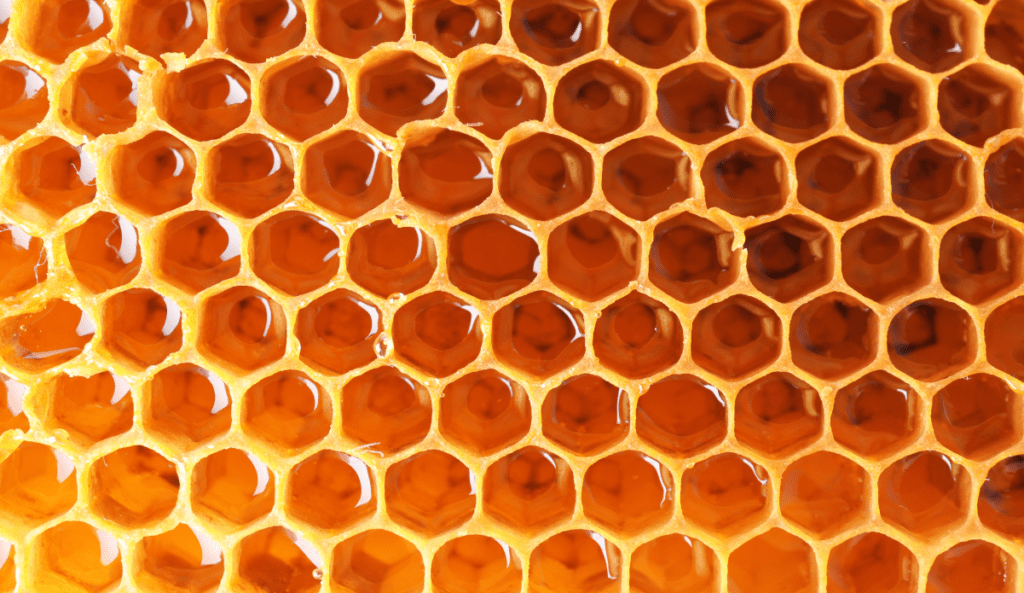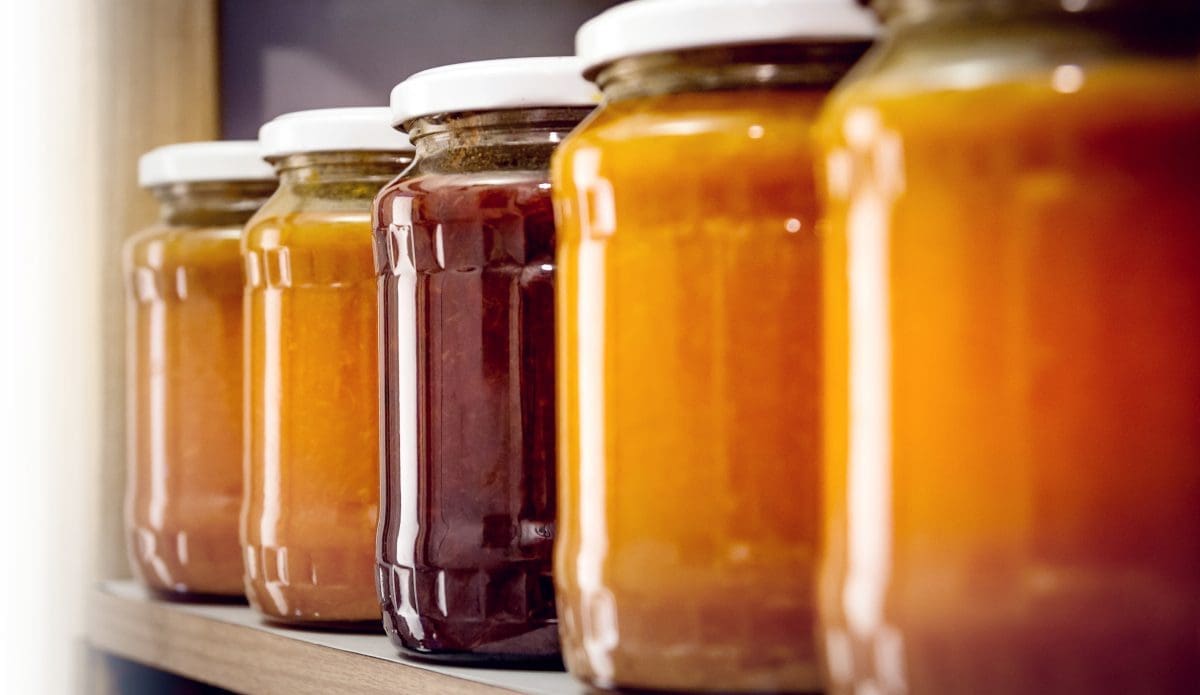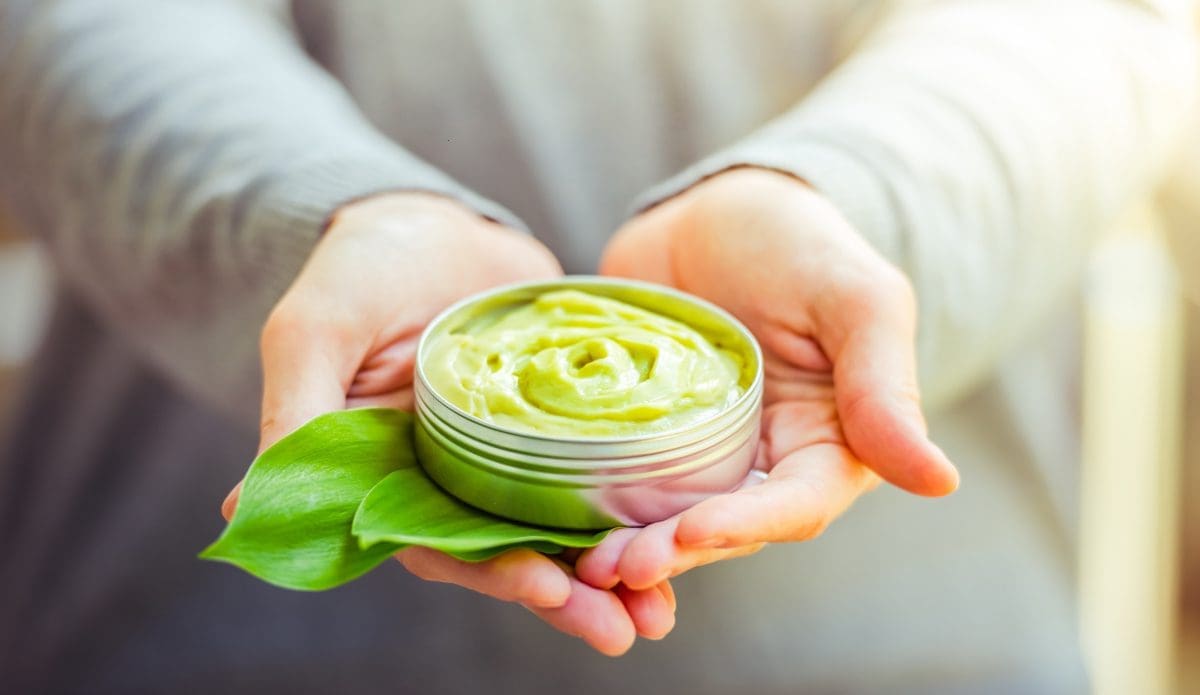In a competitive market that is becoming more crowded, honey packaging is important. Not only is function vital to consider, but also the artistry of the labelling.
Demand for honey is growing worldwide. In 2022, it was valued at US$9.01 billion, with an annual compounding growth rate predicted to be 5.3% up until 2030. As people are increasingly demanding ‘pure’ and ‘clean’ sources of nutrition, honey is getting a boost. With nutritional benefits that white sugar doesn’t have, such as vitamins, calcium, and minerals, and antioxidants, it’s the new sweet superfood.
The surge for NZ’s Manuka honey is wilder, with emerging research hinting at a range of health benefits. Growing from $455.4 million in 2021 to an expected $776 million by 2031, the time to become a honey producer is now.
This has meant a huge growth in specialised honey flavours, an increased workload for our favourite pollinators, the bees, and a surge in competition. If you sell or intend to sell honey, you need to make your product stand out on the shelf.
The good news is that due to its antimicrobial, antibacterial, and antiviral properties, there are less stringent guidelines around packaging. The bad news is that because it’s a very sticky liquid, it needs a bit of care and thought into the packaging.
There are five ideas to really make your product stand out on the shelf.
1. Check Out a Beehive
Looking at a beehive, aside from marvelling at the industriousness and ingenuity of bees, you’ll note beautiful hexagonal shapes. They do this to be efficient; this shape means no space is wasted, with the most minimal amounts of wax needing to be created.
This is because of the work required to make it. Only the female bees make wax. They eat nectar which is passed around the bees to reduce the water content and eventually becomes honey. From there, the swarm huddle together to make the temperature of the hive at least 33oC. The bees then eat the honey, and the heat enables their wax glands on their stomach to convert the sugars in the honey to scales which they store on the stomach area. The worker bees then chew the scales and turn them into the wax used to make the hive.
Replicate this ingenious design with your packaging. This can either be with the designs on the packaging, or the containers themselves. A hexagonal jar in PET plastic or glass not only reminds consumers of the hive, but they replicate the benefits of the hexagonal shape; space saving.
2. Yellow and Gold
Let that rich golden yellow of honey shine through with clear glass or PET bottles. This can be reflected in the labelling too, with yellow and black being an attractive and eye-catching combination. Use of gold foiling to add accents can create a truly luxe look.
Handy fact about bees: it’s the female bees that do all the work. The ones collecting the nectar and processing the honey are all female bees; the male bees are only useful for one thing; mating.
3. Bee Functional When Choosing Honey Containers
Honey, as delicious as it is, can be a nightmare to use. As any parent can attest, streams of honey all over a countertop and down the sides of the honey jar are common. The squeezy jars which stand upside-down are great to avoid this. However, these only work with honey with low viscosity.
You could also supply a honey dipper, which has grooves that allegedly trap the honey and not drip everywhere like a normal spoon does. This tends to work better on more viscous honey.
Consider function in freight too. Talk to us at Comag about the best option for your specific honey containers; should you be using a plastic screw on lid, or will a twist-on metal lid be enough?
The day someone designs a pipette to dispense honey will be a happy day indeed.
4. Think of the Bees
Our little pollinator friends work incredibly hard to make us honey. One bee only produces about a tablespoonful of honey in its entire lifespan. While statistics vary according to weather and nectar availability, it takes about 1,100 bees their entire lifespan to make 1kg of honey. That’s approximately four million flowers visited.
A nod to bees in the packaging is only fair, after all their work. Stripes, wings, even the letter ‘b’.
5. Go Luxe
Honey is becoming a high-end, luxury item. While we still slather it on toast in the vain hope our toddlers will nibble on it, there’s a whole market of no-refined-sugar healthy eaters. They are willing to spend more to get a product that suits their ethos.
As a result, there’s a real sense of style with honey packaging that you don’t see everywhere else on supermarket shelves. A brand can truly capitalise on that, developing packaging that matches their market. Glass jars can elevate the look and add a sense of quality.
It’s a Sweet Opportunity
With honey, nature gave an entire branding kit. Golden coloured honey with black stripe accents. Hexagon shapes. Bees, which are pretty cute once you get over the sting bit. The interplay between marketing and nature’s branding is obvious to every single bottle of honey you see on a supermarket shelf. Developing marketing that ensures your product stands out on the shelf is important and will help to set you apart from competitors.




